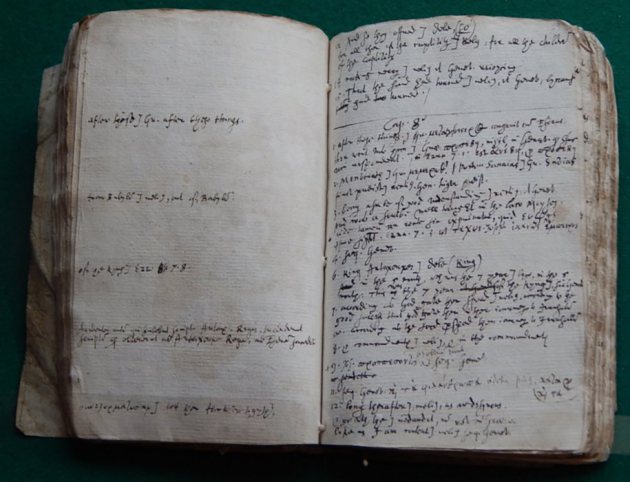
© New York Times
The earliest known version of The King James Bible, perhaps one of the most influential and widely read books in history, has been
discovered mislabeled inside an archive at the University of Cambridge. The find is being called one of the most significant revelations in decades.
It shows that writing is a process of revising, cutting, and then more rewriting. The Bible is no different in this regard, even though some conservative Christians claim it is the divine word of God himself. Perhaps God, then, is a revisionist. This find certainly seems to suggest that.
The notebook containing the draft was found by American scholar, Jeffrey Alan Miller, an assistant professor of English at Montclair State University in New Jersey, who announced his research in an article in
The Times Literary Supplement. The
New York Times didn't take long to pick up the story. They ran an article about it,
HERE. Mr. Miller was researching an essay about Samuel Ward, one of the King James translators, and was hoping to find an unknown letter at the archives. While you can say he certainly accomplished that end, he definitely wasn't expecting to find the earliest draft of the King James Bible — which is now giving new insights into how the Bible was constructed.
He first came across the plain notebook not knowing what it was — it was incorrectly labeled. That's why no one has found it until now. It had been
cataloged in the 1980s as a "verse-by-verse" Biblical commentary with "Greek word studies, and some Hebrew notes." When he tried in vain to figure out which passages of the Bible the commentary was referring to, he realized that it was no commentary at all — it was an early draft of part of the King James Version of the Bible.
Professor Miller described what it felt like when he first
knew what he had in his hands:
"There was a kind of thunderstruck, leap-out-of-bathtub moment. But then comes the more laborious process of making sure you are 100 percent correct."
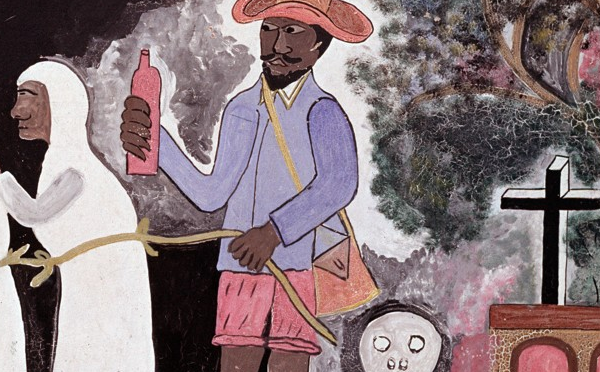

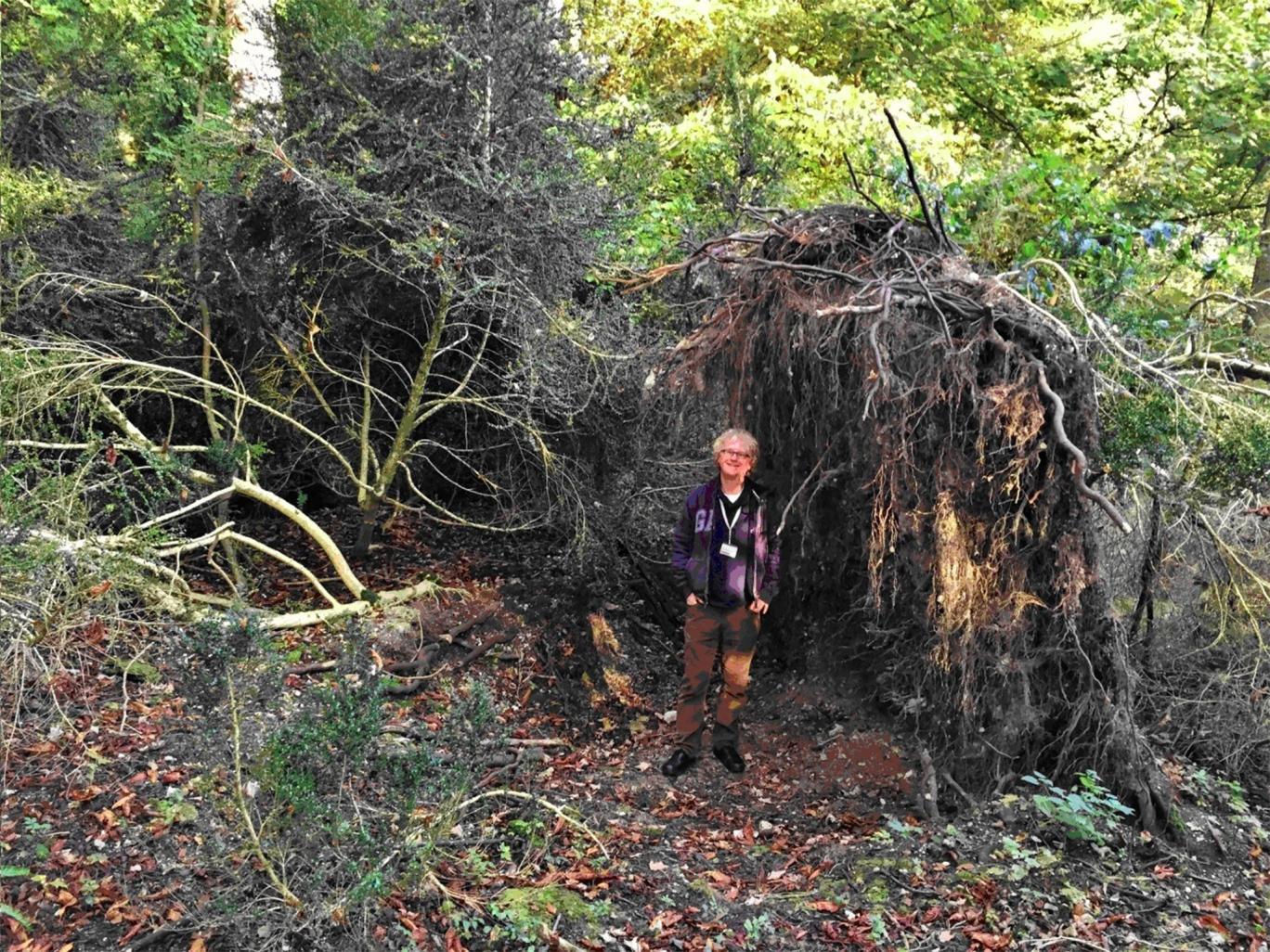
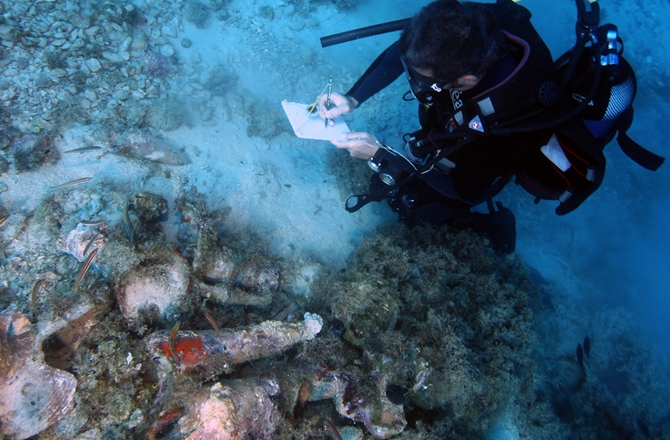
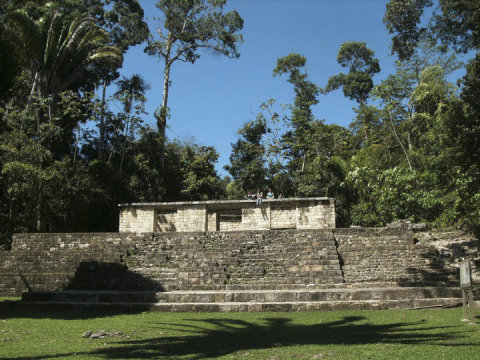
Comment: Zombie fad: Do we love the undead because we are unhappy with the government?
A History of 'Real' Zombies